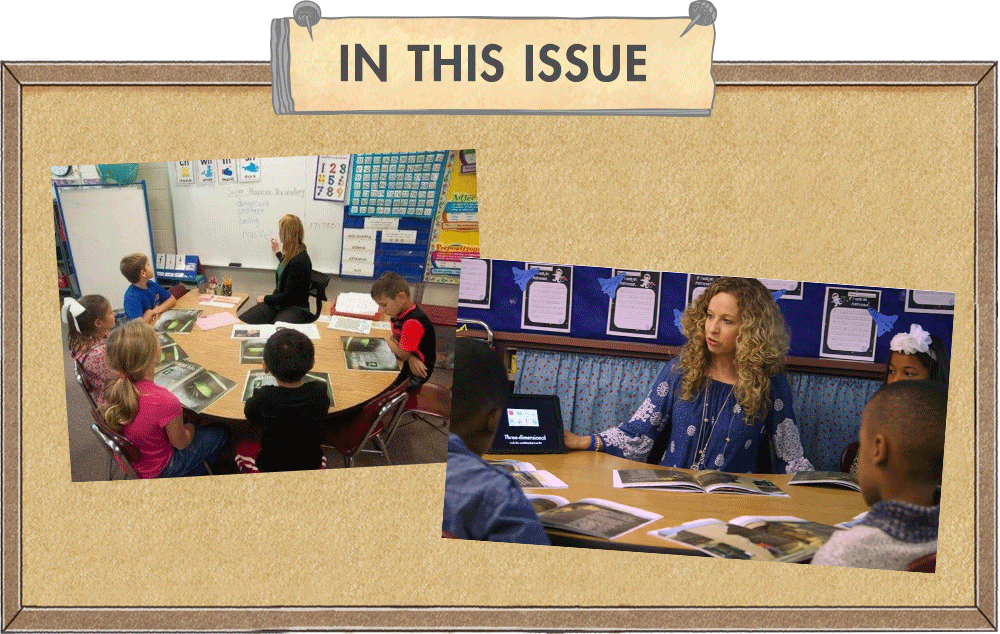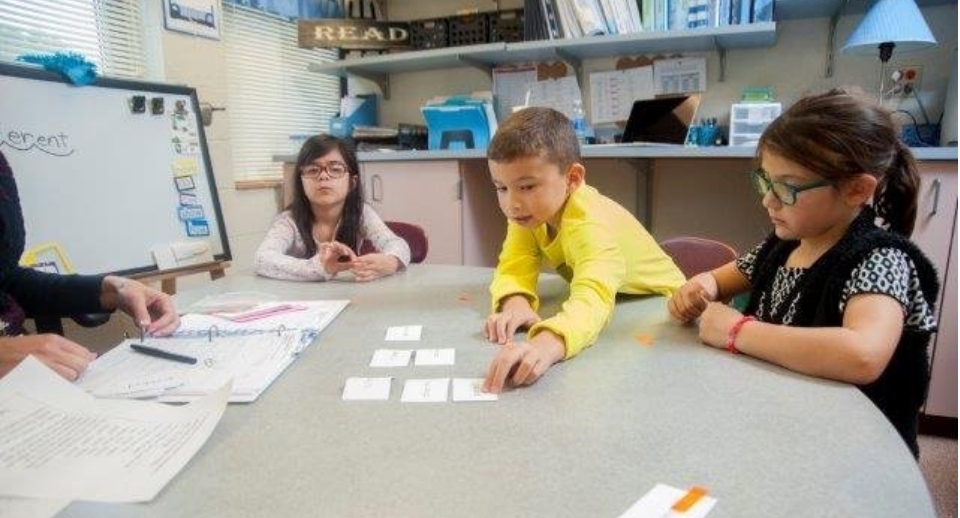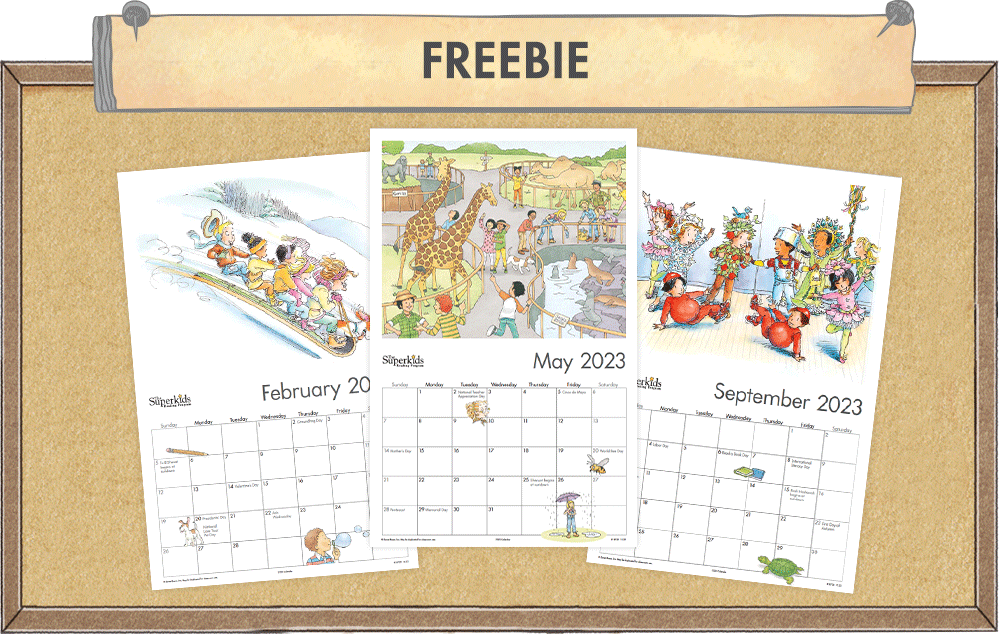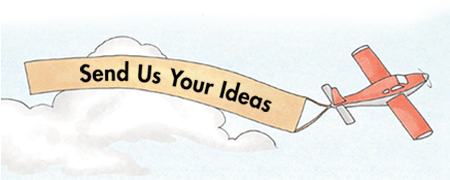|
|
|
|
ISSUE 35 | DEC. 2022
|
|

|
|
|
|
|
|
Automaticity and fluency are important factors in comprehending text, and Superkids places a strong focus on developing these skills. Vocabulary is another critical factor. If a child does not know the meaning of words they are reading, even the most fluent reader will have difficulty comprehending. In this issue of The Superkids Bulletin, we will focus on vocabulary instruction and practice.
Be sure to check out the highly requested freebie this month! This one will help you start 2023 with some Superkids flair.
|
|
|

|
|
|
|
|
|
Having a well-developed oral vocabulary is critical to young children’s success as they learn to read. Reading requires two major skills—word recognition and language comprehension.
When a child is saying and blending the letter-sounds in a word, there is that “aha” moment when they recognize that these sounds make a word they know.
If children have a good oral vocabulary, they can more easily recognize and comprehend words as they decode. As children’s reading skills grow, oral language continues to play an important role in vocabulary development, since the texts that beginning readers can read might not contain sufficiently rich vocabulary to expand their word knowledge.
The best way to help children build a strong vocabulary is through direct instruction during read-alouds and guided reading and through provision of many, varied practice activities.
|
|

|
|
|
|
|
|
Vocabulary development is integrated into every aspect of Superkids. In kindergarten, oral vocabulary is developed through songs, illustrations, and discussions about the characters, their interests, and their community. Children at all levels discuss words from stories, shared writing, classroom conversations, and Daily Routines for decoding and spelling.
When children listen to or read text, the Teacher’s Guide includes explicit vocabulary instruction before, during, and after reading. Let’s take a closer look at direct vocabulary instruction in Superkids.
|
|

|
|
Introduce Key Words Before Reading
Superkids lessons introduce students to both content-specific and general academic words for each new read-aloud selection and texts they will read before the reading begins.
|
|
|

|
|
Guide Students’ Use of New Words During Reading
During reading, the lesson guides the teacher to pause periodically to call attention to a new word while in context, review the definition, and provide examples to connect the word to prior knowledge.
|
|
|

|
|
Review New Key Words and Provide Practice Using New Words After Reading
After reading and discussing a selection, review the new key words and provide plenty of active, guided, and varied practice using the new words.
The “Reinforce Vocabulary” Ten-Minute Tuck-Ins provide additional direct instruction with new words. Practice Pages provide independent practice with words from the text that was read.
|
|
|

|
|
Tier II Vocabulary Introduction and Practice
In grades 1 and 2, Words to Know Cards feature important Tier II words used in the texts children read in Superkids. The cards offer repeated exposure to key vocabulary words.
Words to Know are explicitly introduced at the beginning of each unit using picture cards that help children understand and remember the meanings of the words. Lessons 5 and 10 review the words again through discussion and simple oral activities.
|
|
|
|

|
|
|
|
|
|
Some children may start school with limited oral vocabulary. Other children may know the meanings of words in one context, but they have difficulty understanding or using them in other contexts. Some may not be able to identify useful context clues or meaningful word parts that would help them figure out the word meanings. If you identify students who are struggling with word knowledge and word meaning, they will need additional targeted instruction and practice to improve and expand their vocabulary skills.
Often, the Ten-Minute Tuck-Ins provide activities to reinforce vocabulary associated with the text you have read. The Superkids Skill-Building Book is another excellent source for activities to develop vocabulary, deepen understanding about how words relate to each other, and apply word-learning strategies. Below are some of our favorite activities from the Vocabulary section of this resource (and one bonus vocabulary booster shared by a Superkids teacher).
- Who Is It?
Give descriptive clues about a character from a story the children have recently heard or read (or a child in the class if the child would enjoy it). Include words that describe character traits, such as friendly, nice, brave. Have children guess whom you’re describing.
- Charades
List on the board or name recently discussed vocabulary words. Then assign a child or a group a word to act out. Have others guess the word. Remind them of the possible answers as they make their guesses.
- Name All Things
Name a category. Challenge children to name as many things as they can for that category. Make tally marks on the board to keep track of the words they say. Possible categories include the following: Animals with Four Legs, Animals That Live in Water, Animals with Fur, Things to Wear, Kinds of Fruit.
- Roll and Name
Write categories on separate index cards, such as Games, Things at a Zoo, Kinds of Furniture, Things at School. Place the cards face down in a stack. Have children take turns choosing a card, reading the category (or you read it to them), and rolling a number cube. The number on the top of the cube shows how many things the child must name for the category. If the child can do that, they keep the card. If not, the card goes back into the stack.
- Synonym/Antonym Bingo
Make a list of 16 pairs of decodable synonyms. Write one word from each pair on the board. Give each child nine pennies or plastic chips and a copy of a 3 x 3 grid (see the Word Card Template). Have children write on their bingo card nine words from the board. Tell them they can use any of the words and put them in any box on their card, but they can only use each word once. Say words that are synonyms of the words on the board. Tell children to look for a word on their bingo card that has the same meaning as the word you say. If their card has a synonym, they should cover it with a penny or chip. Mark on your list the words you say. Play until someone covers three words in a row, column, or diagonal. You can adapt the directions above using 16 pairs of antonyms. Have children cover the word that means the opposite of the word you say.
- Gems of Wisdom
A Superkids teacher shared a wonderful way to encourage continued practice with new words after vocabulary instruction. When a new word is taught during her reading lesson, she creates a card with the word and asks a student to draw a descriptive picture. She adds the card to a “Wisdom Wall” at the front of the room.
Children are encouraged to use the word correctly in different contexts. When a word from the wall is used correctly, the student receives a “Gem of Wisdom” (a small plastic diamond purchased in bags from the plant section of the craft store). Her example was the word desolate. One day, her class went to recess and the space was uncommonly empty. One little boy said, “Wow! This playground is desolate!” That kiddo received his Gem of Wisdom on the spot!
|
|

|
|
|
|
|
|
The printable Superkids calendar is back by popular demand for 2023! Get ready for the new year and print yours on 11” x 17” paper today!
|
|
|
|
|
|

|
|
|
|
|